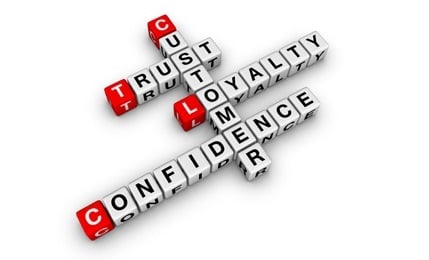Strategically significant customers are those customers who create great value for the company and in order to retain them for the long period of time, the company has to build some strong possible strategies.
20-80 rule is applicable here as you know 20 % of total customer base generate 80% of total revenue for the company so simply we can say that 20 % are strategically significant customers for a company.

Strategically significant customers
Strategically significant customers create more revenue, more value, loyalty and most of the time makes company build separate strategy for them.
Strategically significant customers purchase more products, lead the trends, sometimes act as company referrals and most of the time helps the company to generate strategies and they are the trend setter.
Types of Strategically significant customers
Theoretically, marketers identified strategically significant customers in four different types. At very first of strategically significant customer (SSC) types, self-evidently is placed.
The high lifetime value customer is at the top because they create the highest value for the company and they must be the focus of customer retention efforts from the company.
Lifetime value potential is the present day value of all future profits that might be earned in a relationship with a single customer.
Now here must be considered that not all high lifetime value customers have high LTV.
Let suppose a customer demand JIT customized delivery or demand some high after sales service, there might be the chance of the reduction in value.
But another thing I want to share with you is this that sometimes you intentionally serve some big strategically significant customers at just no profit no loss situation.
It is done because this will give you a confidence in front of your other customer that you are serving a big giant in the market safely.
For Example BMW’s customers who are highly valuable for the company.
Also Read: How to Serve Angry Customers?

The next type of strategical customers is ‘benchmarks’. These are customers that lead other customers. Customers in the market watch them and follow them in order to create value for themselves.
A manufacturer of vending machine equipment is prepared to do business with Coca-Cola at breakeven.
Why? Because they can tell other customers that they are supplying to the world’s biggest vending operation.
In the strategically significant customer’s types, at number third is ‘inspiration’. Briefly, the concept of strategically significant customers is those who generate high value for the company.
Value means collectively benefits a company gets received from the customer. This type of strategically significant customer creates value for the company in terms of new ideas.
They find new ways of improving quality or reducing cost. They may be the most demanding of customers, or frequent complainers, and, though their own LTV potential is low, they offer other significant sources of value.
One biggest insurance company in England Brit insurance modified its claims process to satisfy one particular car fleet operator; this process eventually became the company’s default standard.
The last type of strategically significant is ‘cost magnets’. There are customers who absorb an unreasonably high volume of fixed cost, thus allowing other, smaller customers to become profitable.
Got any questions? Or maybe, have something to add? Please leave a comment below and tell us what you’re thinking.
Cheers
